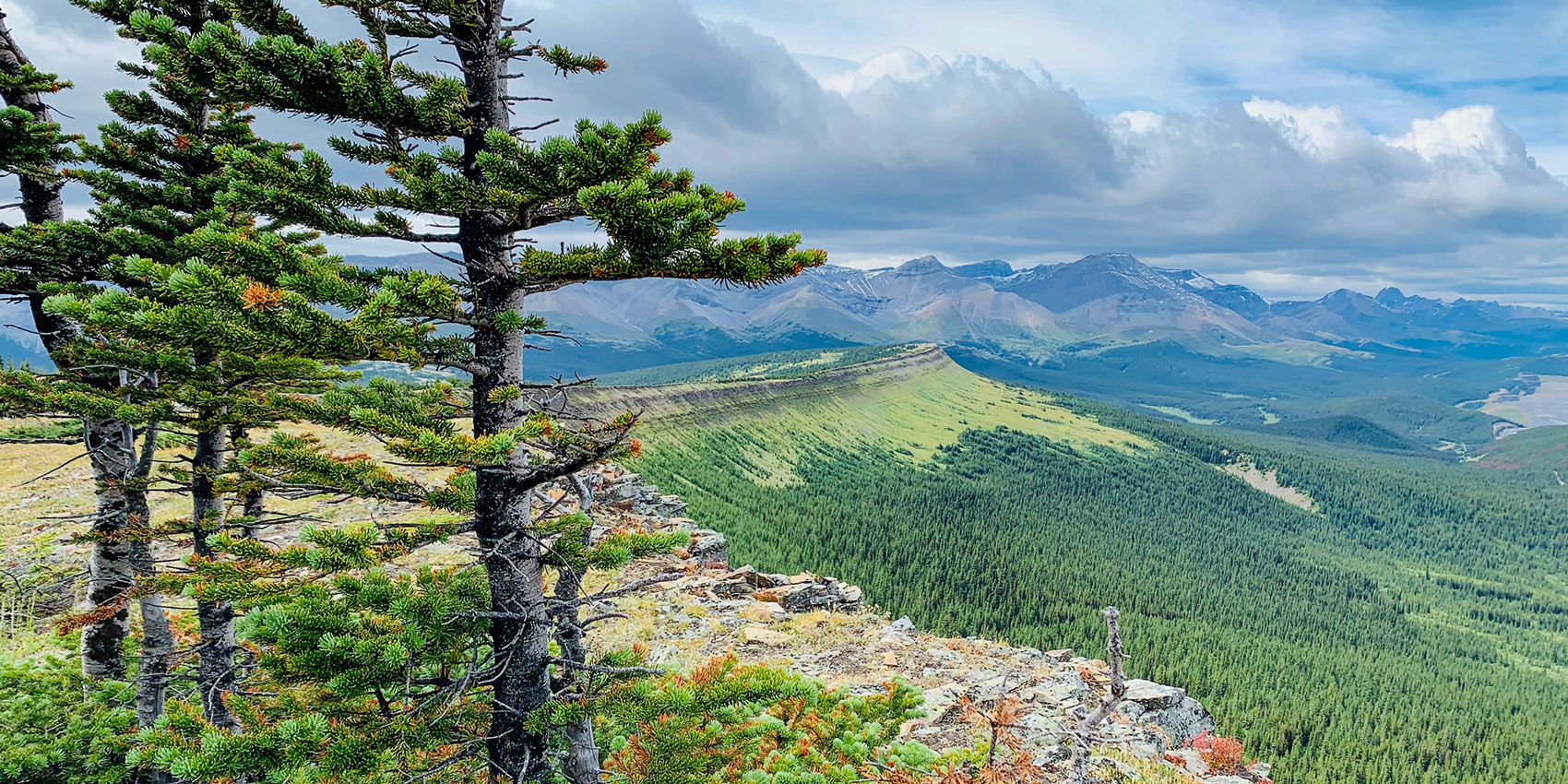
Abstract
There is no widely accepted definition of old growth for west central Alberta. The Foothills Model Forest used tree species composition and time since major disturbance to more broadly define old forest and a stochastic model to project levels of old forest across a landscape. Historically, the simulated “natural” forest landscape was, at any one time, mostly covered by young forest due to active fires. Areas of mature and old forest were, and likely always have been, in the minority. There were even rare times historically when virtually no old forest existed over vast landscapes, and what little did persist occurred in small, isolated patches. The single greatest human influence on old growth in the Alberta Foothills appears to have been successful fire control, which has produced forests today that are on average older than would be expected under natural conditions. Managers of both protected areas and working forests are implementing or developing strategies to restore forests to more natural conditions, and at the same time managing old forest to ensure that it remains a part of current and future forest landscapes. We describe an old-forest analysis and strategy recently incorporated into a new Forest Management Plan for the Weldwood of Canada Limited Forest Management Area. Traditional attitudes toward old forest and its role in highly dynamic landscapes are being revisited on the path to a consistent and broadly supported old-forest strategy.
To obtain a digital copy of this paper, please contact Dr. David Andison (andison@bandaloop.ca)
Citation
Bonar, R.L. H. Lougheed, and D.W. Andison. 2003. Natural disturbance and old forest management in the Alberta foothills. The Forestry Chronicle. 79(3): 455-461.







